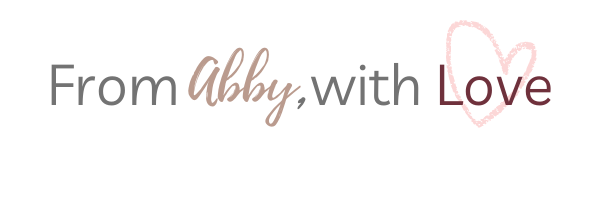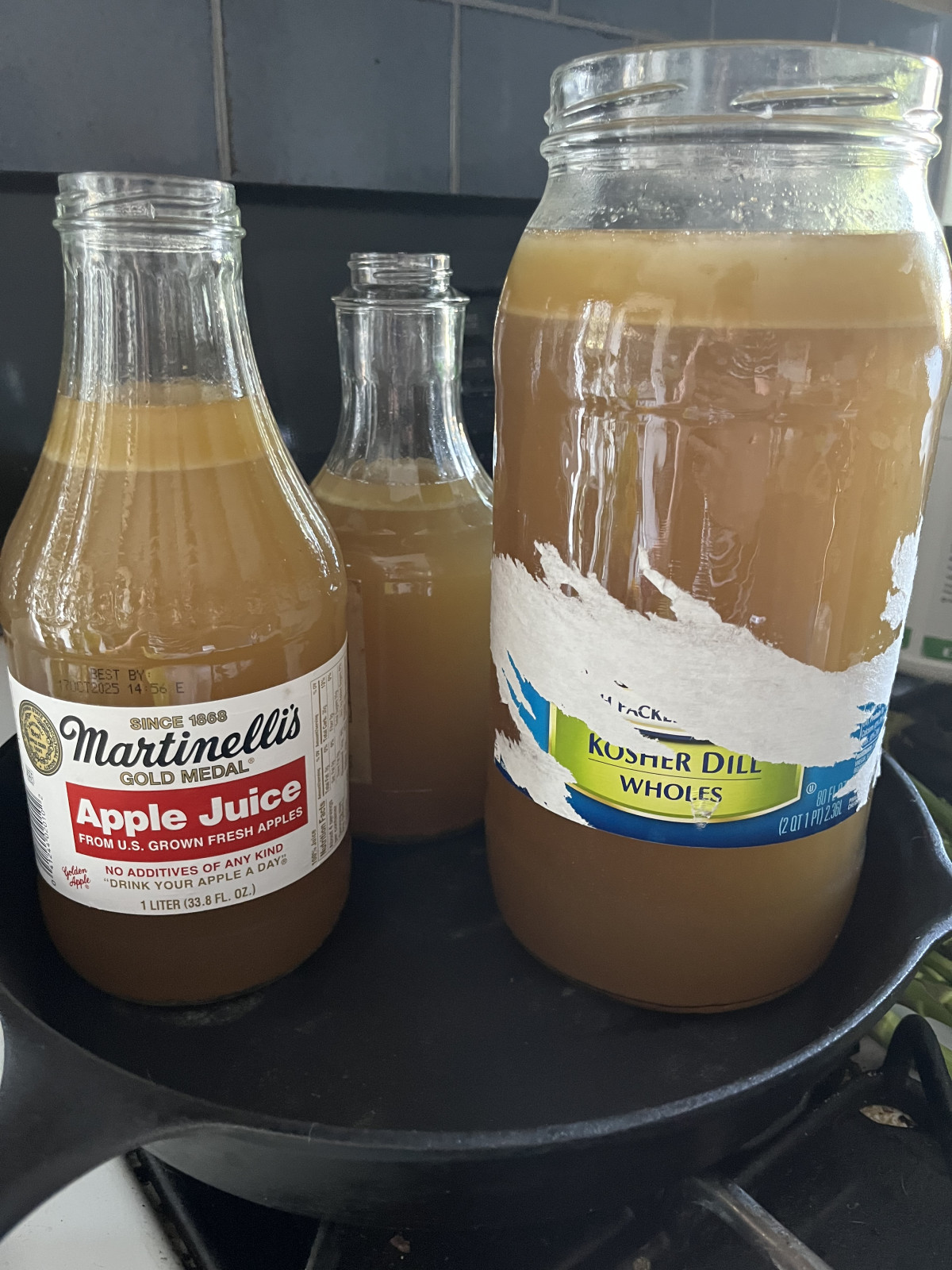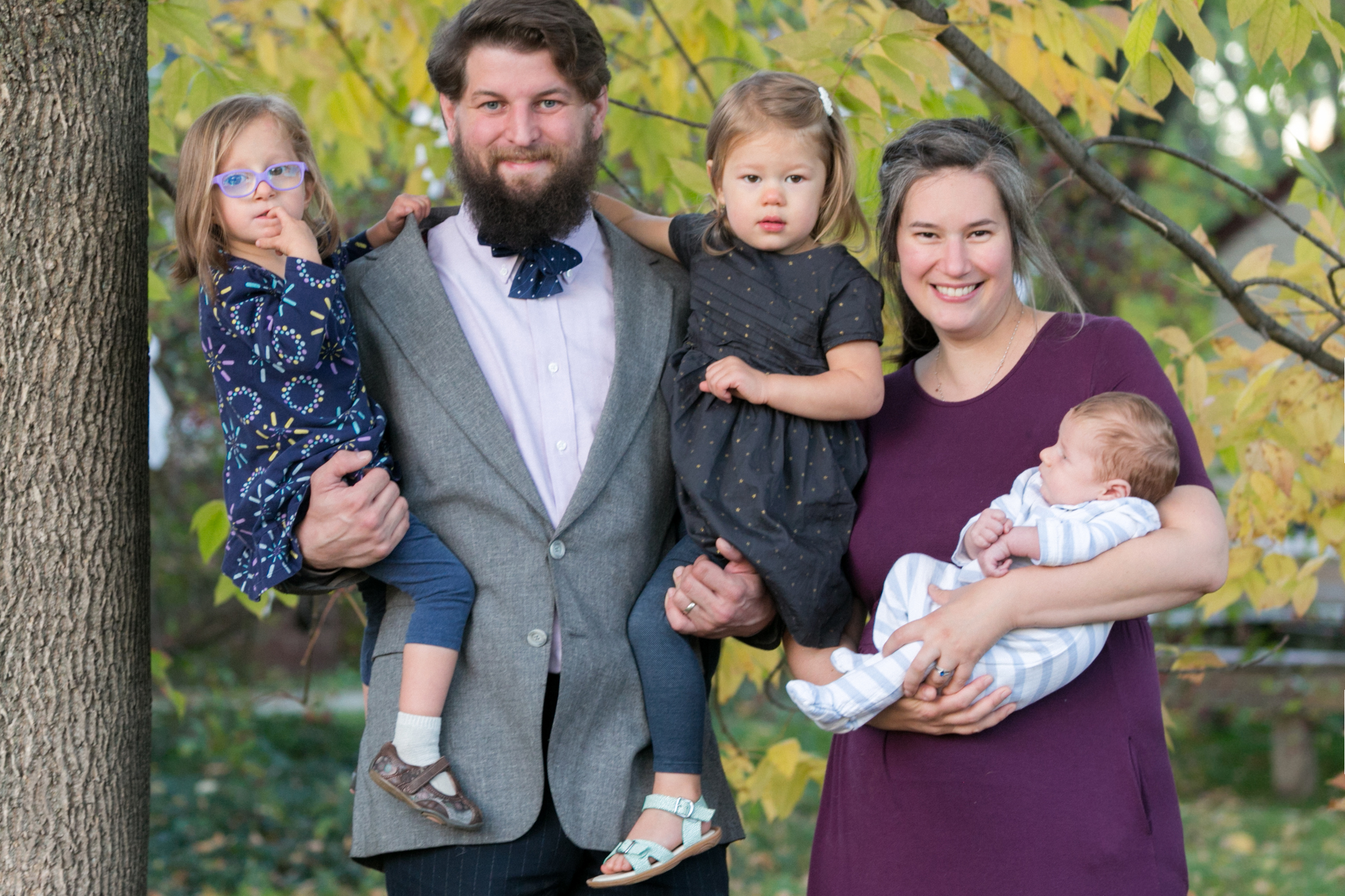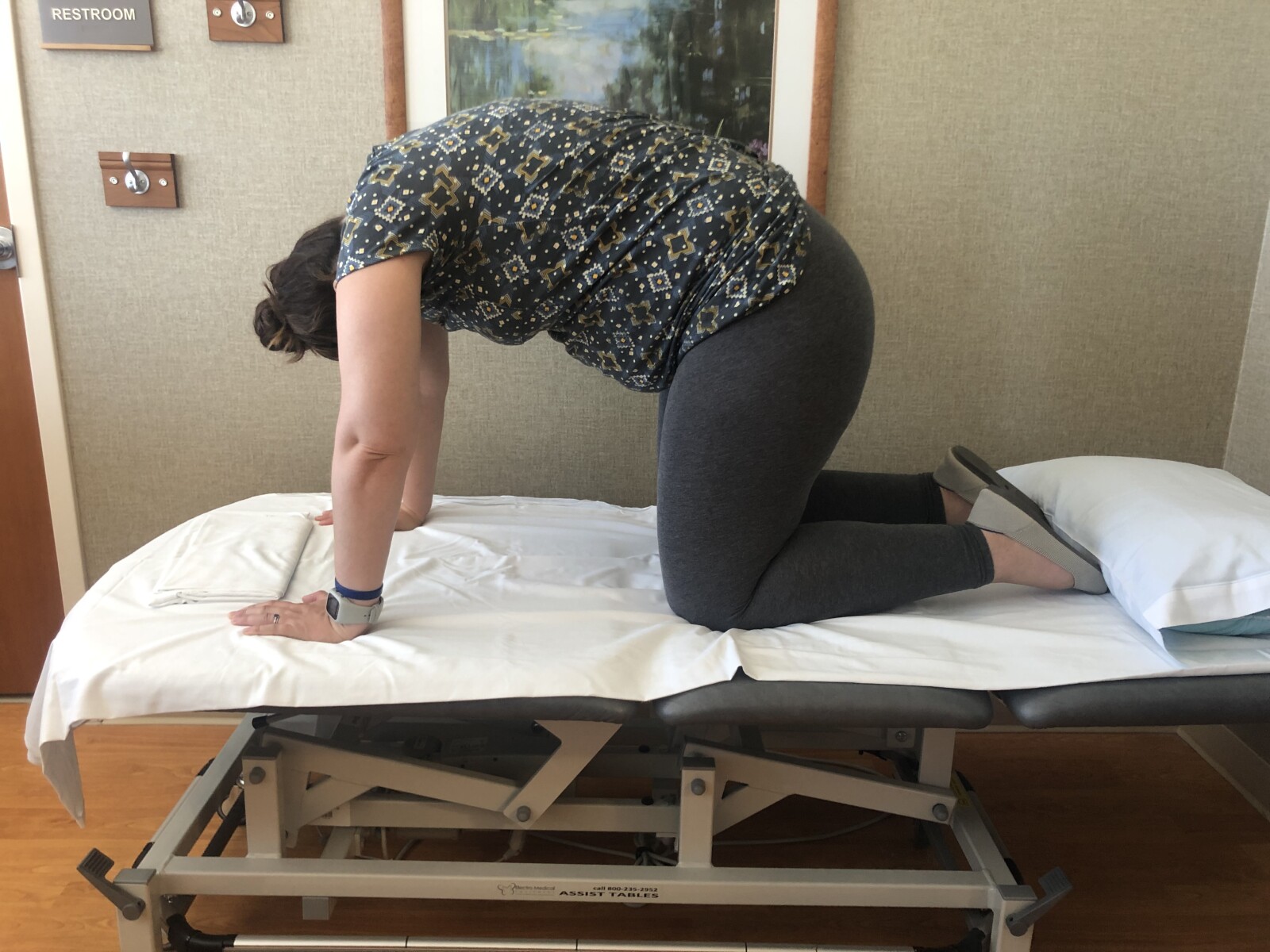
I think we focus a lot of attention on pregnancy and postpartum care in the pelvis and lower body. This makes sense, it's where the majority of change is happening. It's more common to have pain in the lower body, with walking or sleeping or movement in general.
The upper body is super important though. A lot of changes in posture, especially bad ones, start in the neck and shoulders. During pregnancy, your boobs are growing which places extra stress on the muscles to hold your chest up. Then you have the baby, and there's lots of holding, carrying, and lifting. Nursing too, even with a boppy pillow, has a tendency to cause us to lean forward for long periods of time.
My favorite upper body exercises to get my patients started with are bodyweight exercises or with resistance bands. This does not apply to those of you who are already in a weight lifting routine. You go ahead and crossfit and be awesome (as long as you also aren't peeing yourself doing deadlifts, because that ain't right!)
A favorite routine of mine is called Ts, Ys, Is, and/or sometimes Ws are thrown in there too, because these are the letters a person will make, somewhat, with her arms when performing the exercises. These can be modified to almost any position, which is why they are some of my favorites. Options are:
1. while sitting on an exercise ball, with light weights, or a resistance band
2. leaning over the ball while kneeling (during pregnancy with a belly). This second position is slightly more challenging because of gravity on the weight of your arms
3. Standing with light weights or using a resistance band
Here is a video link from YouTube to give a demonstration over the ball. Again, this is easily modified with a pregnant belly
https://www.youtube.com/watch?v=sJaHG1N7YHw
An excellent resource for exercises that are core, pelvic floor, and prolapse safe is FemFusion Fitness on YouTube, run by Dr. Bri PT, DPT. I love her videos and her story about advocating for herself when her healthcare providers brushed off her prolapse symptoms. (We won't hold it against Bri that she uses doTerra oils, spread that EO love! )
Here's a great video from Dr. Bri about chest opening and stretching https://www.youtube.com/watch?v=WU_8F6FZ1Ag
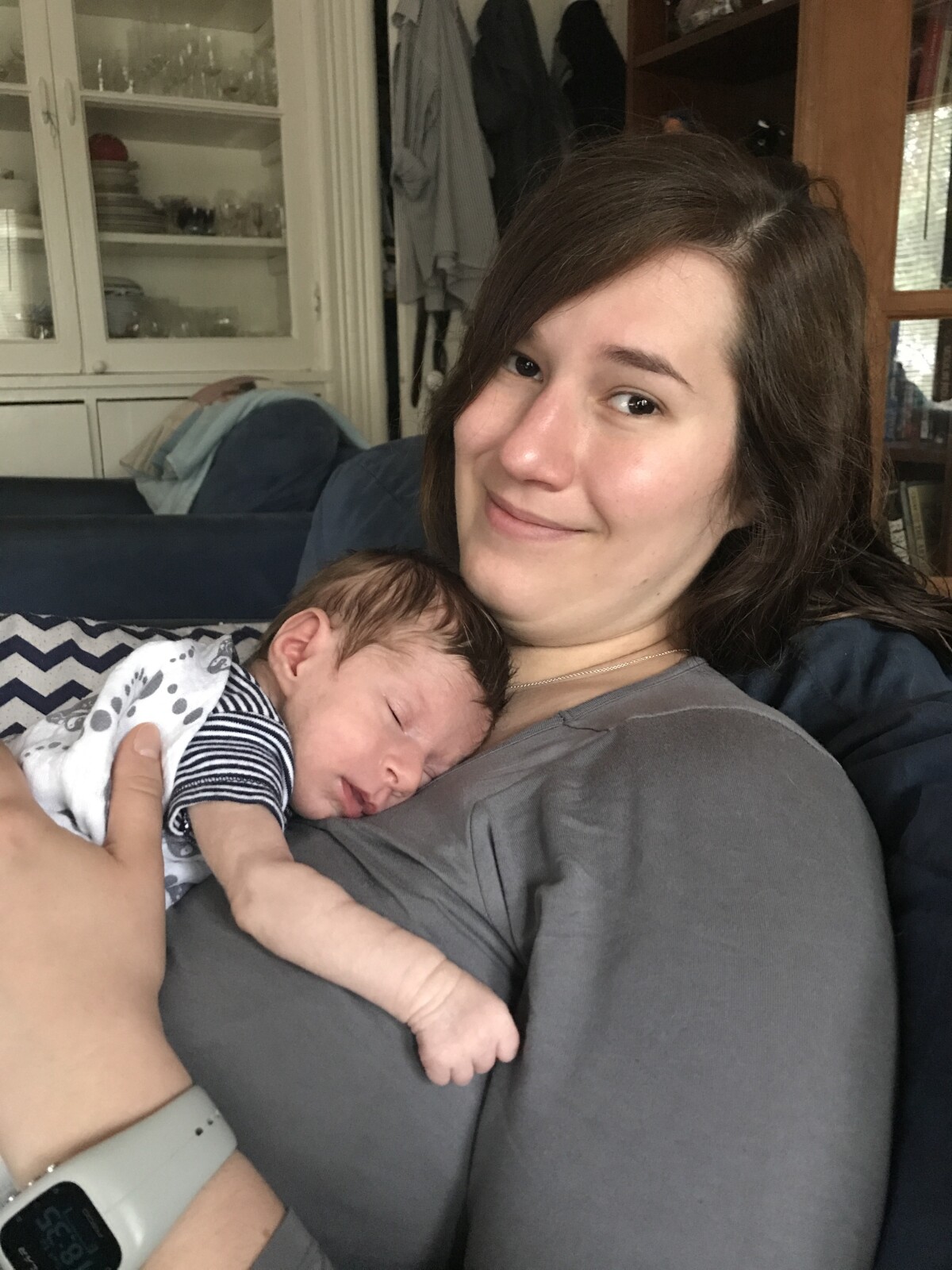
- From their partners, who had the same goals as they do.
- From their families. No pesky comments “you’re still breastfeeding?” “The baby has to eat again??”
- From employers. Paid maternity leave with enough time to allow mothers to bond and heal and allows for time for her milk to come in, manage the breastfeeding learning curve, and support to pump when she returns to work.
- From insurance companies. Doulas covered. Lactation consultants covered.
- This is a way to reduce childhood obesity.
- It can help reduce depression and anxiety in mothers. The hormone oxytocin is thought to be largely responsible for this.
- Each year of breastfeeding is associated with a 4.3% decrease in breast cancer risk. Women who breastfeed for 1–2 years over their lifetime have a 10–50% lower risk of high blood pressure, arthritis, high blood fats, heart disease and type 2 diabetes.
- Fewer non-Hispanic black infants (74.0%) are ever breastfed compared with non-Hispanic white infants (86.6%) and Hispanic infants (82.9%).
- Approximately 1 in 6 (17.2%) breastfed infants born in 2015 received formula supplementation within the first 2 days of life. How do you even know if you can do it at 2 days???
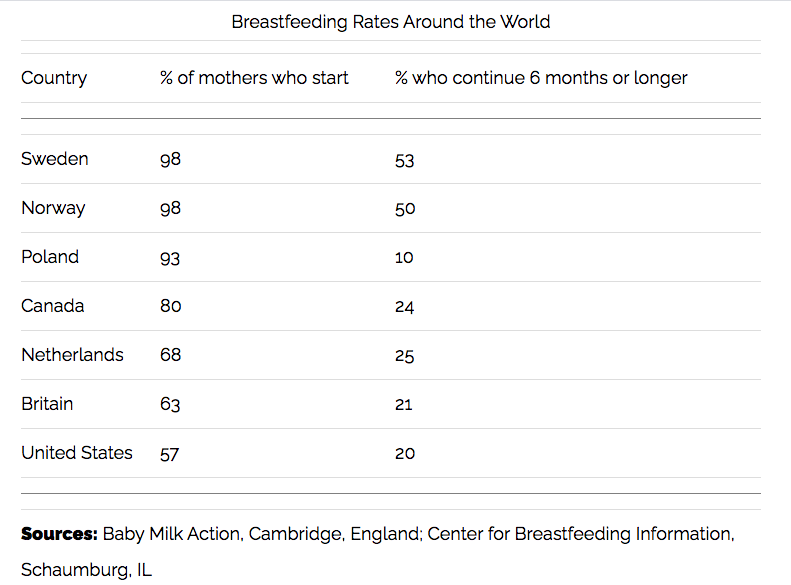
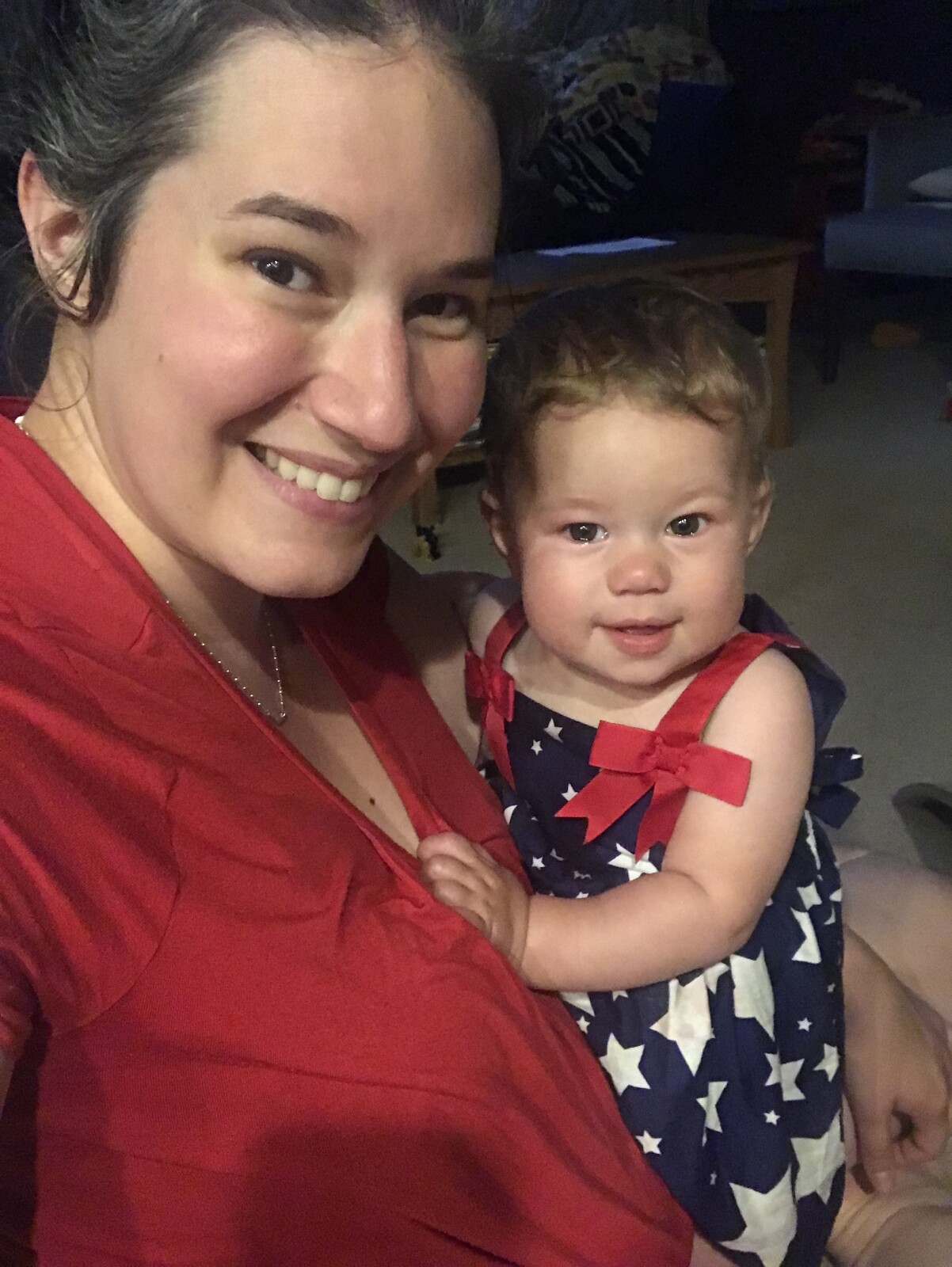

It's world breastfeeding week! I started a little backwards and shared my updated post on pumping. But here is my (updated) whole experience to date. I think I could write a hundred posts on breastfeeding, so just beware, this is a little long!
Breastfeeding is hard. It can be isolating. Only you can feed the baby, unless you're also using bottles. But then you have to pump too. If you want to breastfeed, my best advice is just don't give up! Get the support you need, have tough conversations with whoever in your life isn't supporting you and tell them what's what!
Estelle's breastfeeding story: I wasn't able to breastfeed Estelle right away. With the c-section and her being taken to the NICU, I started pumping first. Over the course of her stay, we both learned how to breastfeed. I worked with the hospital lactation consultants (LC). We started using the nipple shield when she was still in the NICU. It's just a little piece of plastic, shaped like a nipple, with 3 holes at the end. The LC told us it would help her little mouth draw out my nipple and help her latch. In order to leave the NICU, we had to prove that we could feed Estelle and she could gain weight. She was being fed through a tube, and we would try to breastfeed, then we tried a bottle which Estelle loved. She would suck so hard and not breathe! We'd have to pace her a lot. When we left the NICU we were doing a combination of bottle and breastfeeding, but breastfeeding was so much harder for her. She would latch and do a little, but it was too tiring for her.
It took several weeks for us to transition to mostly breastfeeding and away from needing a little bottle at each feeding. I was proud of myself then for sticking with it. I was happy to be breastfeeding, but I was always using the shield. The nipple shield was an extra step. I started to get more comfortable taking Estelle places by myself, going out to lunch and seeing friends. Using the shield made it harder to nurse in public when Estelle was really upset because it would take longer.
I believe it's crucial to have a supportive partner when you're breastfeeding. Your partner has to keep you fed, make sure you have water by you when you're nursing. Anselm encouraged me so much. He was a champ (still is) at cleaning bottles and pumping supplies when she was in the NICU. We were waking up every 3 hours to pump, and at first we were cleaning the pumping parts after each time. Then a very wise neighbor gave us GOLD advice, to put the cups in the fridge between uses, and clean every 12 hours. That made things SO MUCH easier, and we both got more sleep and functioned a little better on that crazy schedule.
I am a breastfeeding advocate. I know it's not easy for everyone. I guess maybe I've had it towards the easier end? I'm not sure. I've had my challenges. It's hard work. It definitely could be easy to give up, if one doesn't have the right support system. I had support from my husband and his sisters, and our Bradley instructor. I joined Facebook groups: La Leche League & Breastfeed Chicago. I read the Womanly Art of Breastfeeding. My work has also been very supportive, my boss and coworkers giving me time and encouragement. Even if it was just encouragement to keep going, keep trying, and wisdom about how to make it easier.
I hardly had to use my freezer stash I built up from when Estelle was in the NICU and my milk came in so well. We used it all up by the end of her journey though when she stopped nursing, we put it in with cow's milk to help transition her.
I wish milk sharing was more of a thing. I know it's becoming more prevalent. I came upon an Instagram account, @oneounceatatime, a woman who makes over a gallon of milk a day. I’m not sure how old her children are, but she keeps pumping and storing her breast milk, and donates loads of it. Sounds like a superhero to me!
